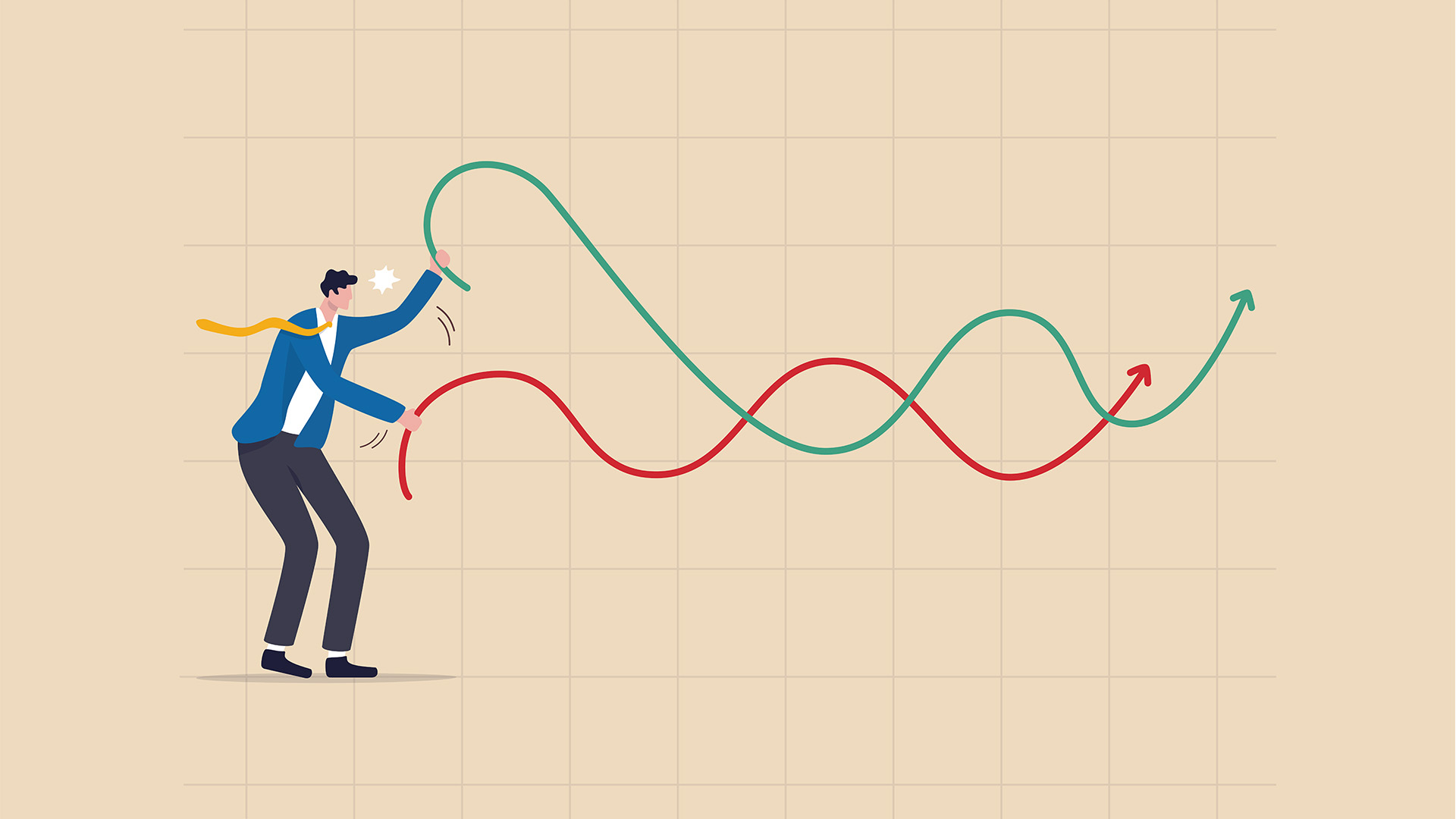The World Bank believes Russia’s economic growth will go backwards this year because of the invasion of Ukraine – a forecast generally agreed on by other analysts. The question is by how much.
The World Bank estimates Russian GDP will be down 11.2%. Before the invasion in late February, the World Bank had already joined other forecasters in cutting Russian growth to around 2.2% from the solid 4.1% in 2021.
Thanks to the Putin-driven invasion, the Ukrainian economy will see a near 50% contraction – a devastating depression with only one cause.
The bank has also downgraded 2022 growth estimates elsewhere, citing the boost to inflation from higher energy prices and supply bottlenecks from the Russian invasion as the major reason for the cuts.
But Russia as the aggressor is forecast to see a huge slide in GDP thanks also to the impact of global sanctions imposed by the west and many other countries – especially on key exports of gas, oil, coal and metals like gold, copper, nickel and platinum.
These forecasts from the World’s Bank are its middle scenario – the forecast it thinks most likely to happen.
The worst, the gloomiest forecast calls for a 20% contraction in Russia’s GDP, and a 75% contraction in Ukraine’s GDP.”
That will see misery writ large, thanks to the Putin invasion.
But what the World Bank’s forecast didn’t manage to capture was the impact of the first default call against the country’s credit rating by S&P Global at the weekend.
On Saturday S&P Global said it had done this after judging there were rising risks it will not make debt payments (interest and principal) in US dollars as specified in loan documentation.
S&P said it understood that Russia had made coupon and principal payments on dollar-denominated Eurobonds in roubles a week ago yesterday.
“We currently don’t expect that investors will be able to convert those ruble payments into dollars equivalent to the originally due amounts, or that the government will convert those payments within a 30-day grace period.”
Sanctions on Russia are likely to be further increased in the coming weeks, S&P said, “hampering Russia’s willingness and technical abilities to honour the terms and conditions of its obligations to foreign debtholders.”
Russia’s finance ministry said last Wednesday that it had used roubles to pay about $US650 million in US dollar-denominated debt obligations.
That was after the US government earlier this week blocked access to dollars held in American banks.
Russia now has 30 days to make the payments in US dollars, as called for in the loan documents, or be called for being default in early May.
Credit rating companies Moody’s S&P Global and Fitch have already indicated that payments in a currency different from the one the debt was sold in would count as a default once the grace period expired.
It would be Russia’s first default on foreign currency debt in more than a century – since the Russian revolution saw Tsarist debts defaulted on by the communists.
A week ago, the US Treasury stepped up its restrictions on Russian financial transactions by blocking Russia from making debt payments using greenbacks held in American banks.
The rationale, according to Treasury was said to force Russia to either deplete the foreign currency reserves it has in the country or spend dollars from new revenue to avoid a default.
Last week, Russia used roubles to buyback three-quarters of the bond that matured on Monday, which was worth about $US2 billion. But it said $US552 million, plus the final interest payment, still needed to be paid. A coupon payment for a different bond was also due on Monday.
Reuters reported that US bank, JPMorgan Chase was not given permission by the US Treasury to process Monday’s bond payment. It had previously been cleared to handle five other payments after sanctions were imposed last month, the person said.
With JPMorgan, Goldman Sachs, Citigroup, Morgan Stanley and Well Fargo due to report March quarter financial reports this week, investors are looking for details of the damage to earnings and other measures. JPMorgan has aldy hinted at possible losses (over time) of $US1 billion for the bank from the Ukraine invasion and western sanctions.
Last week’s moves by the US Treasury and S&P Global were reminders that more losses lie ahead for the big Wall Street and European banks and the investors they deal with around the world.
Add these problems to the continuing defaults in among Chinese property companies and there are parts of the global loans market that are starting to look a bit fruity.
Current accounting rules force banks and other financial groups to be pre-emptive in assessing their problems and boosting loan loss reserves ahead of any problem loans going bad.
That will be a trend to watch in the flow of quarterly results from banks in the US and Europe in particular. We could be heading for a red ink-stained quarter for global banks.












